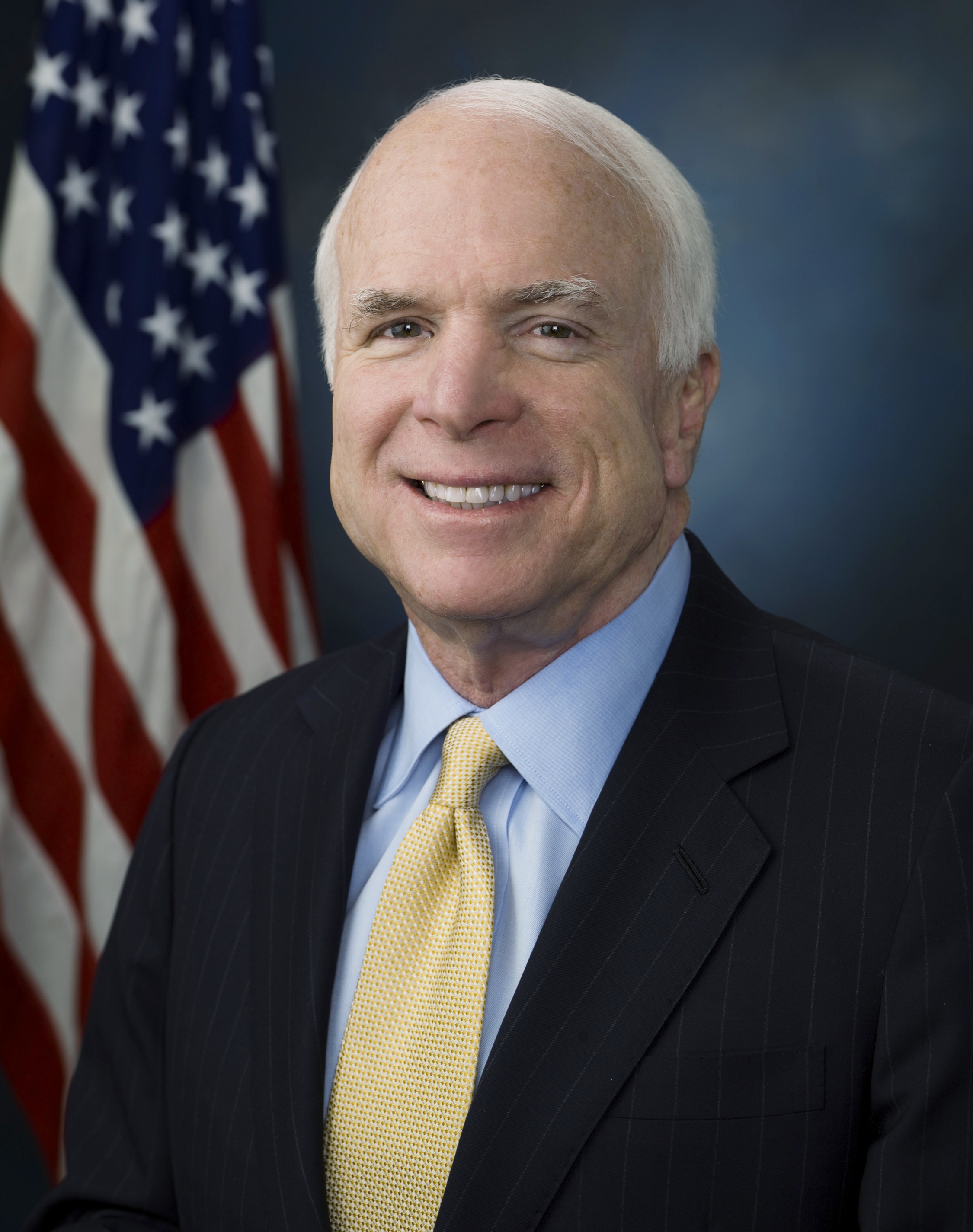Below are three recent bits of evidence that prove my point. The first is the text of a Facebook post by Scott Carpenter, a leading reform advocate based in Iowa.
Scott and his wife Leslie, who have seen a family member stricken, are among the strongest voices in America for what needs to be done. Yet not even they are immune from incidents of unexpected and bewildering hatefulness:
“So we’re helping to set things up before a Moms Demand Action Rally in Iowa City.
An elderly man walks [up to me] and says that ‘the problem isn’t about guns. It’s about crazy people.’
Leslie (against my advice to not engage) indicates that we have a son who has a serious mental illness and that he should come listen to he comments in an hour or so. He declined.
Then he said, ‘your son and all of the crazy people should be taken out in a field and shot. That way they could be useful as fertilizer’.
Please don’t ever think that a day of activism is easy.
Scott J. Carpenter”
When you have caught your breath from that, please follow the two links below.
The first link is to some remarks that President Trump made to campaign workers before a political rally in New Hampshire, in which he continues his strange and uninformed characterization of the mentally ill as, collectively, a horde of depraved killers that must be rounded up and swept into asylums. This and other tirades show that Trump knows nothing about insanity and cares less: his real agenda is deflecting attention from the ongoing mass-shooting crisis: The article leaves no doubt about this:
“Trump said many other Republican leaders and the public don’t want ‘insane people, dangerous people, bad people’ owning guns.”
CNBC.com: Trump says US should build more mental health institutions to combat gun violence: https://www.cnbc.com/2019/08/16/trump-suggests-more-mental-health-institutions-to-combat-gun-violence.html
The second link offers a rebuke to the president delivered by Angela Kimball, the acting CEO of the National Alliance on Mental Illness.
“Words matter, Mr. President. ‘These people’ are our friends, neighbors, children, spouses. They’re not ‘monsters,’ ‘the mentally ill’ or ‘crazy people’ – they’re us. Talking about reinstitutionalization only further marginalizes and isolates the one in five people with mental illness. Instead, we need to be talking about the power of early treatment and effective intervention to change lives.”
NAMI.org: NAMI’s Statement Regarding President Trump’s Comments On Reinstitutionalizing People With Mental Illness: https://www.nami.org/About-NAMI/NAMI-News/2019/NAMI-s-Statement-Regarding-President-Trump-s-Comments-on-Reinstitutionalizing-People-with-Mental-Ill
These are but a couple of examples of incidents and attitudes that repeat themselves daily in America. They underscore the urgency of the seminal five-part manifesto organized by advocate Dede Ranahan and made widely available online and to presidential candidates last week. (Ranahan’s mentally ill son Patrick died in an institution in 2014.) The lessons in Ranahan’s great document are many and vital.
What I have outlined above constitutes just one. It is at once tiresomely repetitive and freshly urgent: We can never assume that any given individual–not even our Chief Executive–knows much about crazy people. And we must work relentlessly to change that.
P.S. Mental healthcare advocates Scott and Leslie Carpenter discussed the challenges they experienced when seeking proper care for their son Patrick during an interview with The De Moines Register. What they share is both heartbreaking and informative. I encourage you to take a few moments to watch their interviews below to better understand how mental healthcare policies and procedures often fail to provide effective or compassionate care to the mentally ill. If you would like to share your own experiences of mental healthcare for yourself or a loved one, I invite you to comment below.



